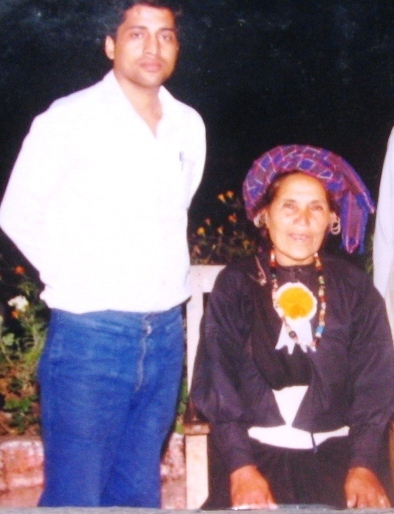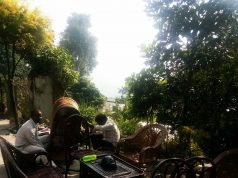 By Devendra Kumar Budakoti
By Devendra Kumar Budakoti
My mind goes back to my field visits as a Community Health Researcher from JNU, studying health services in Chamoli in 1987. Today, as I see the news of the Department of Posts releasing a special “My Stamp” and a commemorative cover in Reni Village, Joshimath, Chamoli district, to mark the birth centenary of Gaura Devi, a wave of memories comes rushing back.
It was in 1987 that I first met Gaura Devi at a programme organised by Chandi Prasad Bhatt in the premises of Dasholi Gram Swaraj Mandal, Gopeshwar. I was fortunate to be staying there at that time. One realises the passage of time only when old friends remind us of how our children have grown — and now, seeing my elder daughter Srishti complete her BTech and MTech in Environmental Engineering, I am filled with nostalgia.
I still recall that her Class 10 Environmental Education syllabus included the Chipko Movement as one of the success stories of people’s efforts for a better environment. At that time, I wasn’t sure how much more to tell her about the movement, but that brief mention made me relive my first visit to Reni Village — along with Gaura Devi, the woman who led the village women to protect their forests by embracing the trees.
Back then, as a research fellow studying healthcare delivery systems in Chamoli district, I had done considerable background reading — including the story of Chipko and the central role played by the village women. While staying at Gopeshwar, I had the privilege of meeting and discussing various social and health issues with Chipko leader Chandi Prasad Bhatt. It was indeed my good fortune to meet Gaura Devi herself during one such visit to Gopeshwar, where she had come to attend a programme organised by Bhatt. The glow on her face, her confidence, and her dignified presence left a deep impression on everyone around her.
She mentioned, somewhat wistfully, that though she had been photographed on many occasions, she had never received copies of those photographs. I immediately called the local photographer and ensured that she got some. The next morning, I took the opportunity to visit her village — and so, both of us boarded the early bus to Reni. When I paid the fare for both of us, she firmly insisted on paying her share and relented only after I lied that the money came from official funds for the trip.
During that journey, I mostly listened as she spoke — her stories, her simple wisdom, and her sincerity reflected the depth of her character. Upon reaching the Reni roadhead, we walked uphill to her home. I struggled to keep up with the strong, elderly woman who paused now and then so I could catch my breath.
That day, a village health worker was holding an informal meeting with a few women, and it turned into a wonderful opportunity for me to interact with them. Gaura Devi joined the group too, and it was inspiring to see the respect and admiration she commanded — her natural leadership and strength were evident in every interaction.
To me, Gaura Devi embodied collective action, courage, leadership, and the power of women in our country. Though she is no longer with us, the spirit of her leadership continues to inspire environmental and human rights movements across India.
On her birth centenary, I pay my humble homage to this remarkable woman — Gaura Devi, whose legacy will always remain a beacon of strength and environmental consciousness for generations to come.
(The author is a Sociologist and has been in the development sector for about four decades.)







